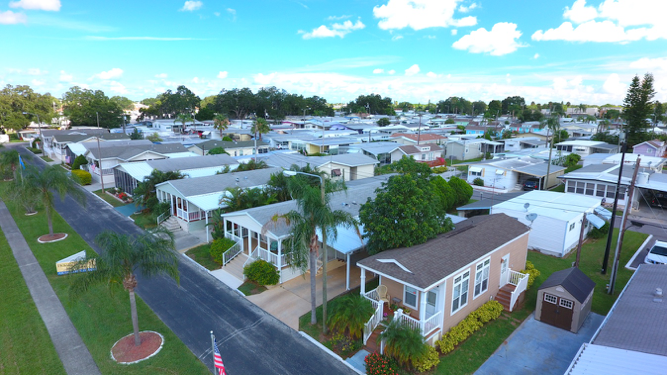Allen Legacy
A Historical Overview of Terminology in Manufactured Housing
My earliest memory of mobile housing occurred when I was 5 years of age, living in southern New Jersey.
On the way home from the shore one summer evening we stopped for gas. While there, a half dozen or so small house-like trailers pulled off into the woods across the street from the service station, and their owners started hacking down brush and small trees. I asked my father what was going on and he said, “Oh, they’re making a trailer camp for the night or maybe next couple days.” That was 70 years ago, and much has changed, especially housing trade terminology.
One of the earliest and most persistent trade terms, extending back 50 years, has been “D&R deliveries”. Ever since the early 1970s, our industry has been known, sad to say, for this style of drop and run for trailers, mobile homes, and manufactured homes.
1974-1976 is when HUD-code and manufactured housing replaced mobile homes
In this same time frame, “syndicators” of mobile home park limited partnerships ushered in the initial consolidation of individual properties into portfolios.
During the early 1980s, “newlywed & nearly dead” became the truism describing folk buying mobile homes, then and now. In 1985, as the term manufactured housing became increasingly commonplace, the Manufactured Housing Association for Regulatory Reform (MHARR) was birthed by a former executive and members of the Manufactured Housing Institute (MHI).
The ALLEN REPORT debuted in 1989, today identifying 500+/- portfolio owners/operators of land-lease communities throughout North America. But prior to applying that apropos property label, terminology had to evolve from trailer camp to mobile home park to manufactured home community. Also during this time frame Gub Mix, association director in three western states, hosted the first Manufactured Housing Congress – continuing to this day, as an annual MHI event.
Changing Definitions and Acronyms in Manufactured Housing Terminology
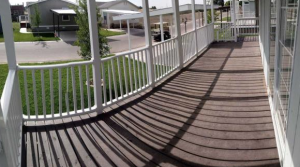 MHI’s Manufactured Housing Educational Institute (MHEI) launched the Accredited Community Manager (ACM) training program in 1991. And in 1992, the first Industry Standard Chart of Operating Expenses, and related Operating Expense Ratios (OERs) made their appearance, just in time for the Real Estate Investment Trust (REIT) wave of 1994 and 1995.
MHI’s Manufactured Housing Educational Institute (MHEI) launched the Accredited Community Manager (ACM) training program in 1991. And in 1992, the first Industry Standard Chart of Operating Expenses, and related Operating Expense Ratios (OERs) made their appearance, just in time for the Real Estate Investment Trust (REIT) wave of 1994 and 1995.
But not before the now-retired Martin Newby, of Newby Management, formalized the concept and processes for resident relations within the realty asset class, which in turn, took steps in 1996 to form the National Communities Council (NCC), now a division of MHI. This same year, David Helfand, former CEO of REITs Equity LifeStyle Properties and ARC, suggested the term owners/operators be used to describe the breadth of ownership and management of 50,000+/- communities comprising this unique income-producing property type.
In 1998 we saw 372,943+/- new HUD-code homes shipped, a sort of mini-renaissance for the industry; one in which so-called Developer Series Homes (think “big box = big bucks”) were all the rage for a short while. And during the same year, the ABC classification of communities methodology replaced the long defunct, since 1976, Woodall STAR system of property quality measurement and reporting.
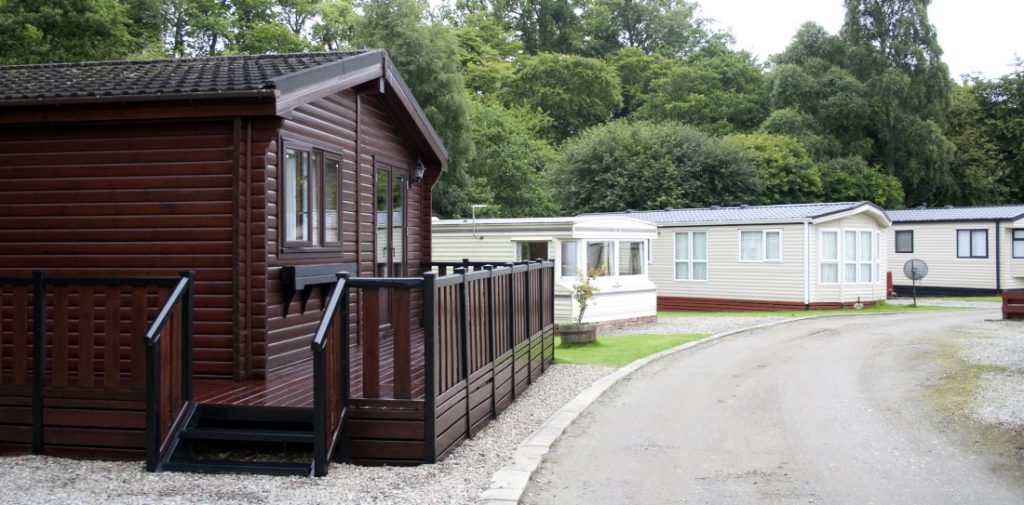
‘Be a stud, sell a HUD’
During 2001, the Manufactured Housing Manager (MHM) professional property management and certification program was launched after a 13-year hiatus. The following year, as the shipments of new HUD-code homes started to tank, “Be a stud, sell a HUD!” became the widespread rallying call for the industry.
In the year 2009, the industry’s nadir shipment year, Community Series Homes materialized during a meeting of 100+ HUD-code housing manufacturers and community owners at the RV/MH Hall of Fame in Elkhart, Ind. Landscape and community design consultant Don Westphal suggested during the International Networking Roundtable later that year the CSH name. And that same year, George Porter, following a personal epiphany related to installation standards, researched, codified and introduced frost-free foundations to the manufactured housing industry. During this same period, when the industry was struggling to survive, the term “hudular” enjoyed short-term popularity, describing new homes easily fabricated to manufactured or modular building codes.
Toters and Transporters
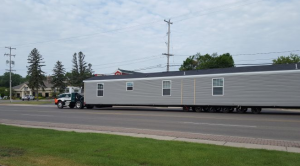 A year later, some common trade terms underwent significant change. Rental homesite, or just plain homesite, replaced lot, pad, space, and stall in the minds of many. Transporter replaced toter. And homeowner/site lessee, rather than tenant or resident, clearly labeled the unique homeownership/ground-lease status of those living in land-lease communities. During 2011, longtime industry consultant William Carr popularized the terms independent (street) retailer and company stores, supplanting the trite term “dealer”.
A year later, some common trade terms underwent significant change. Rental homesite, or just plain homesite, replaced lot, pad, space, and stall in the minds of many. Transporter replaced toter. And homeowner/site lessee, rather than tenant or resident, clearly labeled the unique homeownership/ground-lease status of those living in land-lease communities. During 2011, longtime industry consultant William Carr popularized the terms independent (street) retailer and company stores, supplanting the trite term “dealer”.
While land-lease communities, as a contemporary label, has been mentioned a couple times in this evolution of trade terminology, it wasn’t until 2012 it achieved formal status. Why? Well, no longer are just mobile homes and manufactured homes sited therein, but now also modular homes, park model RVs, RVs for a season, stick-built homes fabricated on-site to imitate manufactured homes, and most recently, various types of Accessory Dwelling Units (ADUs) and tiny homes.
During 2018, the National Association of Manufactured Housing Community Owners (NAMHCO) was formed to lobby nationally on behalf of land-lease communities of all sizes, an especially timely and important initiative given the recent threat of national rent control.
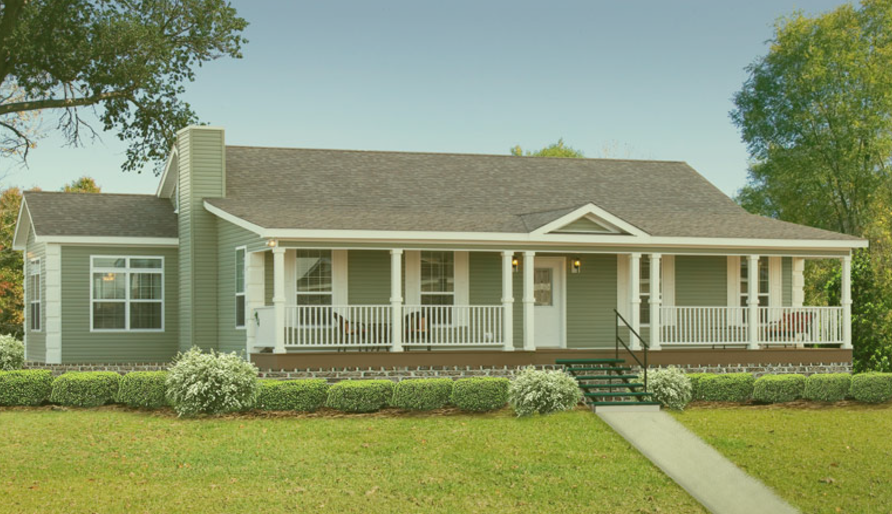
Present Day Manufactured Housing Terminology
Finally, we currently are experiencing a rush of new trade terms within the housing manufacturing segment of the industry. Think CrossMod® or “new type” manufactured homes, per MHI, produced for Fannie Mae’s MH Advantage® and Freddie Mac’s CHOICEHome℠ real estate-secured finance programs. In the meantime, land-lease community owners/operators selling, and “seller-financing” of new HUD-code homes on-site, relied on cash transactions, lease-options, and leasing of homes as rental units have occurred as they anxiously await Duty to Serve (DTS) programs at both Government Sponsored Enterprises (GSEs) to make personal property financing or chattel capital once again available for home-only loans within properties, and loans on the secondary market.
So, what will the next decade hold for us, relative to evolving trade terminology? Well, that’s anyone’s guess.
But asking me, I’ll be bold to say most of our new HUD-code home sales will come from polar ends of the pricing spectrum — the high end (via GSE DTS programs) and low end (within land-lease communities) with little else between. And communities per se? I Don’t see much change there — unless it becomes, once again, easy to develop raw land into new land-lease communities for affordable housing. And, we successfully fend off present day efforts to effect national rent control.
About George Allen
George Allen has owned and fee-managed land-lease communities since 1978. He’s a former MHI Person of the Year and a member of the RV/MH Hall of Fame. Allen can be reached at gfa(at)aol.com.

